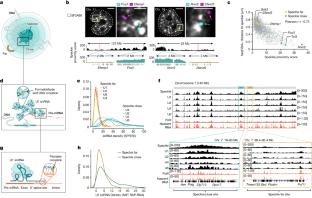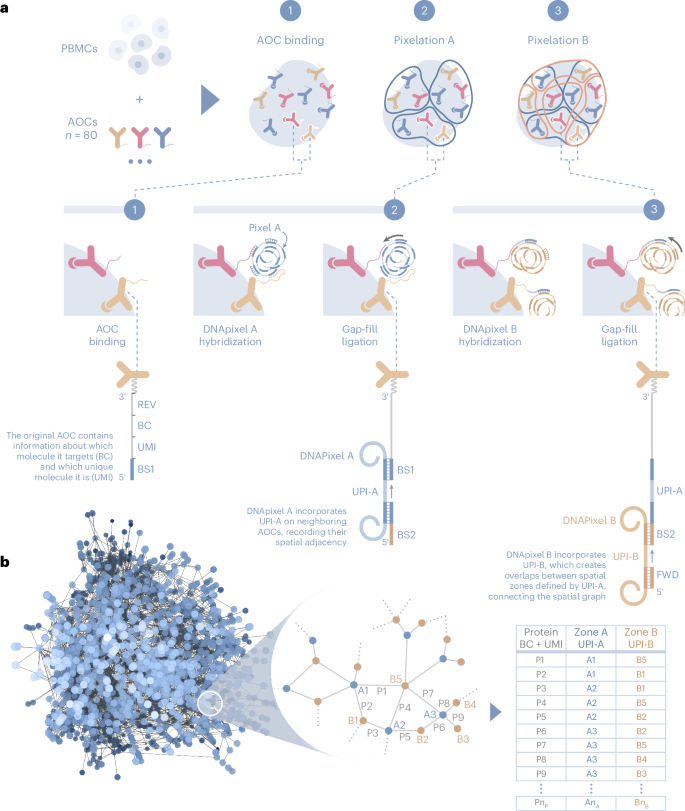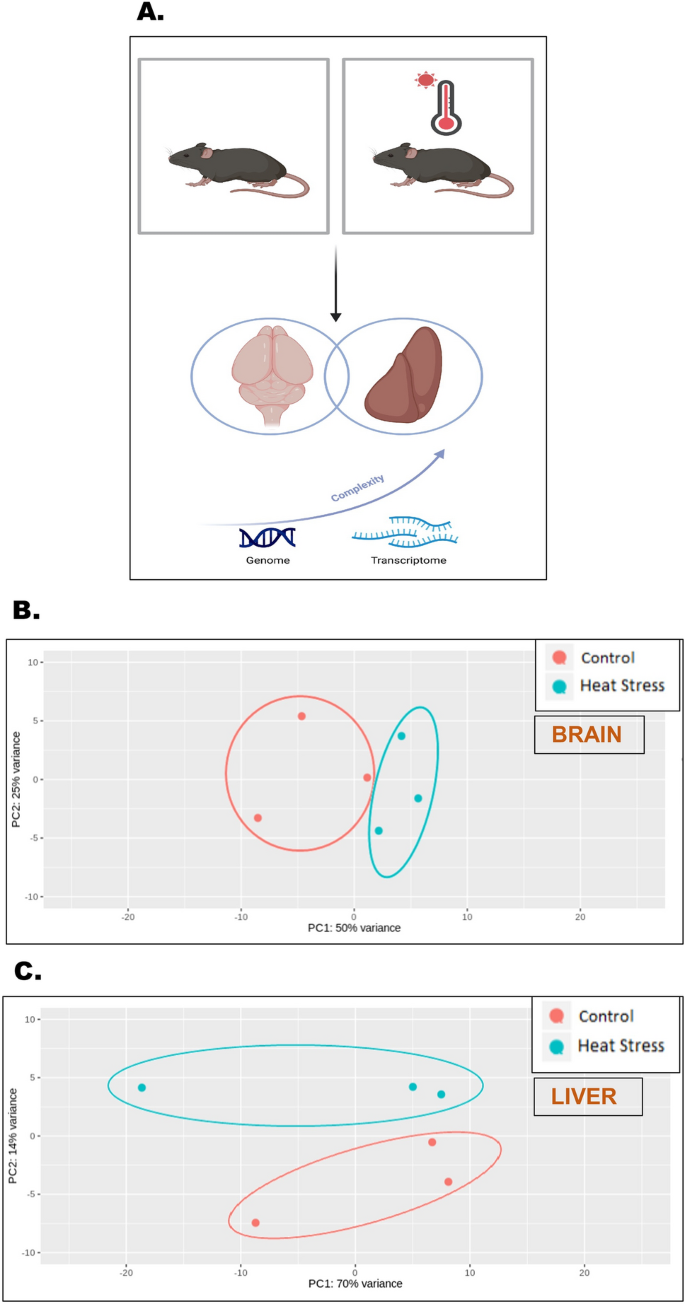2024-05-08 カリフォルニア工科大学(Caltech)
<関連情報>
- https://www.caltech.edu/about/news/genes-spatially-organize-for-efficient-mrna-splicing
- https://www.nature.com/articles/s41586-024-07429-6
核斑点を中心としたゲノムの組織化がmRNAのスプライシング効率を高める Genome organization around nuclear speckles drives mRNA splicing efficiency
Prashant Bhat,Amy Chow,Benjamin Emert,Olivia Ettlin,Sofia A. Quinodoz,Mackenzie Strehle,Yodai Takei,Alex Burr,Isabel N. Goronzy,Allen W. Chen,Wesley Huang,Jose Lorenzo M. Ferrer,Elizabeth Soehalim,Say-Tar Goh,Tara Chari,Delaney K. Sullivan,Mario R. Blanco & Mitchell Guttman
Nature Published:08 May 2024
DOI:https://doi.org/10.1038/s41586-024-07429-6

Abstract
The nucleus is highly organized, such that factors involved in the transcription and processing of distinct classes of RNA are confined within specific nuclear bodies. One example is the nuclear speckle, which is defined by high concentrations of protein and noncoding RNA regulators of pre-mRNA splicing. What functional role, if any, speckles might play in the process of mRNA splicing is unclear. Here we show that genes localized near nuclear speckles display higher spliceosome concentrations, increased spliceosome binding to their pre-mRNAs and higher co-transcriptional splicing levels than genes that are located farther from nuclear speckles. Gene organization around nuclear speckles is dynamic between cell types, and changes in speckle proximity lead to differences in splicing efficiency. Finally, directed recruitment of a pre-mRNA to nuclear speckles is sufficient to increase mRNA splicing levels. Together, our results integrate the long-standing observations of nuclear speckles with the biochemistry of mRNA splicing and demonstrate a crucial role for dynamic three-dimensional spatial organization of genomic DNA in driving spliceosome concentrations and controlling the efficiency of mRNA splicing.


